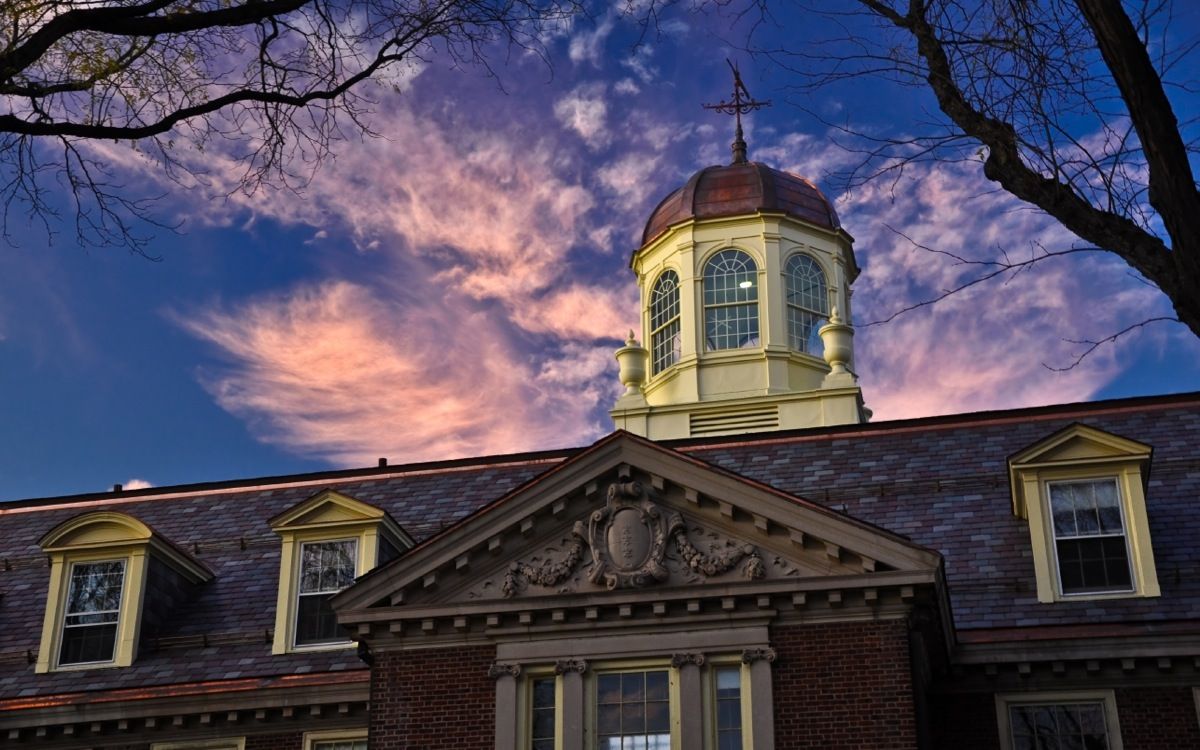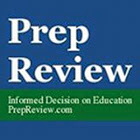Prep School College Advising (Part II)

It is more likely, however, that Prep School college advising offices exist as a means through which information is exchanged, and this becomes increasingly vital in the spring when it comes to wait-lists. There isn’t all that much that Prep Schools can do during the admissions process as American universities have thousands more applicants than places to fill. But in the spring, when decisions are beginning to file in, and colleges realize that fewer students are going to attend from their original admittance pool than they originally intended, colleges begin to go to their waitlist.
If you reference my post on Yield Rate, you’ll see that with high-schools, yield is more important that acceptance rate. With colleges, it is the opposite. Harvard boasts the highest yield in America, with around 81 percent. Princeton’s yield is 69%, Williams is 46%. If these numbers don’t already look low, keep in mind that early decision applicants, who are contractually obligated to attend the school to which they were admitted, also count into this statistic.
So let’s look at Amherst in 2015. About 1,210 students were admitted while 477 chose to attend. This puts Amherst at a yield rate just under 40%. But 172 of these 477 were accepted through the early decision process and were therefore required to attend. This means that 305 (477-172) from 1038 (1210-172) chose to attend from the regular decision pool, which is a yield rate of 29%. In general, colleges do not like to accept 35 candidates for only 10 to attend, but accepting a greater number means a higher acceptance rate, which runs contrary to the exclusivity and prestige of that particular institution. Amherst, in 2015, accepted 33 people from its waitlist. And here is when Prep School advisors come into play.
Each spring, when admissions decisions are made, admissions releases certain statistics that are often published in the university student newspaper. You might notice a difference in those statistics that are released in the spring after acceptances are sent out versus those that are published in the fall when students arrive. Below, I quote the Amherst Student from April 2015:
“This year, Amherst 55 percent of accepted applicants identified as American students of color, the highest proportion in the college’s history… 17 percent were first-generation college students, while 7 percent were children of Amherst alumni. 66 percent attended public high schools, 30 percent attended private schools… the average SAT composite score for accepted students was 2,210.”
Here is the Amherst Student in September 2015:
“Forty-four percent of first-years are American students of color… a little more than 12 percent of first-years are first generation college students.” Of notable importance is the fact that percent of Amherst alumni were not mentioned in the fall, nor was the average SAT composite score, nor the proportionality of private school students.
So why did the percent of students of color decrease and why did first-generation percentage decrease as well? Sure, some students may not have chosen to attend Amherst from those two categories, but Amherst accepted 33 people off the waitlist, meaning that these students taken from the waitlist were not of the same demographic as those who choose not to attend. And their statistics were not included in the autumn publication. To put it frankly, that is because the students removed from the waitlist often have lower SAT scores, are sometimes legacy, and are very often less qualified on paper than those applicants originally admitted. Harvard’s Z-plan, for instance, whereby mostly legacies are accepted on the condition they take a year off before matriculating to Harvard, is perhaps one of the most corrupt practices in the American educational sector.
What can be said, however, is that waitlists are where Prep School advisors make their keep. It is not that they are able to get their students into universities. I do not believe that university admissions officers gift Prep Schools advisors with that degree of power. It is that colleges are desperate to fill their class with capable students before all the ‘top’ students have committed to various universities. On a wait-list filled with 1,400 people, how do you know which ones to choose that are still looking for a place to attend next year? As Prep Schools have these relationships with college offices, those phone-lines immediately open as advisors report which students are still looking and are still excited to attend that college. When Bates decides to go to its waitlist, and invariably lets Prep School college placement offices know that it is doing so, it is all too easy for a Prep School college advisor to pick up the phone and ring the officer with whom he discussed applicants to Bates just a couple months ago to give the names of two students who really, really want to attend Bates but have found themselves on the waitlist. And it is all too easy for Bates to accept these extremely qualified candidates (and be pleased with their attendance) than spend hours perusing their waitlists and calling every candidate on it to see if they are still interested in Bates. If this reminds you a great deal of my theory on expressed interest, then you’re beginning to understand how admissions processes work in America.
So, Prep Schools. Do they have a relationship with colleges? Can they help you get in? Sort of. Often you get in on your own merit, and the preparation that Prep School gives you makes it such that you are an attractive candidate all on your own. In other cases, though, such as wait-lists, Prep Schools can help you with that final push (that is expressed interest!) in order to gain admission.
More likely, however, Prep School college advising offices exist as a means through which information is exchanged, and this becomes increasingly vital in the spring when it comes to wait-lists. There isn’t all that much that Prep Schools can do during the admissions process as American universities have thousands more applicants than places to fill. But in the spring, when decisions are beginning to file in, and colleges realize that fewer students are going to attend from their original admittance pool than they originally intended, colleges begin to go to their waitlist.
If you reference my post on Yield Rate, you’ll see that with high-schools, yield is more important that acceptance rate. With colleges, it is the opposite. Harvard boasts the highest yield in America, with around 81 percent. Princeton’s yield is 69%, Williams is 46%. If these numbers don’t already look low, keep in mind that early decision applicants, who are contractually obligated to attend the school to which they were admitted, also count into this statistic.
So let’s look at Amherst in 2015. About 1,210 students were admitted while 477 chose to attend. This puts Amherst at a yield rate just under 40%. But 172 of these 477 were accepted through the early decision process and were therefore required to attend. This means that 305 (477-172) from 1038 (1210-172) chose to attend from the regular decision pool, which is a yield rate of 29%. In general, colleges do not like to accept 35 candidates for only 10 to attend, but accepting a greater number means a higher acceptance rate, which runs contrary to the exclusivity and prestige of that particular institution. Amherst, in 2015, accepted 33 people from its waitlist. And here is when Prep School advisors come into play.
Each spring, when admissions decisions are made, admissions releases certain statistics that are often published in the university student newspaper. You might notice a difference in those statistics that are released in the spring after acceptances are sent out versus those that are published in the fall when students arrive. Below, I quote the Amherst Student from April 2015:
“This year, Amherst 55 percent of accepted applicants identified as American students of color, the highest proportion in the college’s history… 17 percent were first-generation college students, while 7 percent were children of Amherst alumni. 66 percent attended public high schools, 30 percent attended private schools… the average SAT composite score for accepted students was 2,210.”
Here is the Amherst Student in September 2015:
“Forty-four percent of first-years are American students of color… a little more than 12 percent of first-years are first generation college students.” Of notable importance is the fact that percent of Amherst alumni were not mentioned in the fall, nor was the average SAT composite score, nor the proportionality of private school students.
So why did the percent of students of color decrease and why did first-generation percentage decrease as well? Sure, some students may not have chosen to attend Amherst from those two categories, but Amherst accepted 33 people off the waitlist, meaning that these students taken from the waitlist were not of the same demographic as those who choose not to attend. And their statistics were not included in the autumn publication. To put it frankly, that is because the students removed from the waitlist often have lower SAT scores, are sometimes legacy, and are very often less qualified on paper than those applicants originally admitted. Harvard’s Z-plan, for instance, whereby mostly legacies are accepted on the condition they take a year off before matriculating to Harvard, is perhaps one of the most corrupt practices in the American educational sector.
What can be said, however, is that waitlists are where Prep School advisors make their keep. It is not that they are able to get their students into universities. I do not believe that university admissions officers gift Prep Schools advisors with that degree of power. It is that colleges are desperate to fill their class with capable students before all the ‘top’ students have committed to various universities. On a wait-list filled with 1,400 people, how do you know which ones to choose that are still looking for a place to attend next year? As Prep Schools have these relationships with college offices, those phone-lines immediately open as advisors report which students are still looking and are still excited to attend that college. When Bates decides to go to its waitlist, and invariably lets Prep School college placement offices know that it is doing so, it is all too easy for a Prep School college advisor to pick up the phone and ring the officer with whom he discussed applicants to Bates just a couple months ago to give the names of two students who really, really want to attend Bates but have found themselves on the waitlist. And it is all too easy for Bates to accept these extremely qualified candidates (and be pleased with their attendance) than spend hours perusing their waitlists and calling every candidate on it to see if they are still interested in Bates. If this reminds you a great deal of my theory on expressed interest, then you’re beginning to understand how admissions processes work in America.
So, Prep Schools. Do they have a relationship with colleges? Can they help you get in? Sort of. Often you get in on your own merit, and the preparation that Prep School gives you makes it such that you are an attractive candidate all on your own. In other cases, though, such as wait-lists, Prep Schools can help you with that final push (that is expressed interest!) in order to gain admission.
Photo credit: Loomis Chaffee Campus
Source: SPHERE schools
Copyright: sphereschools.org

